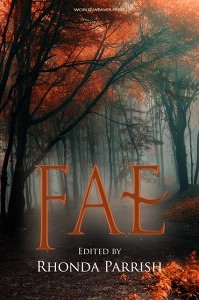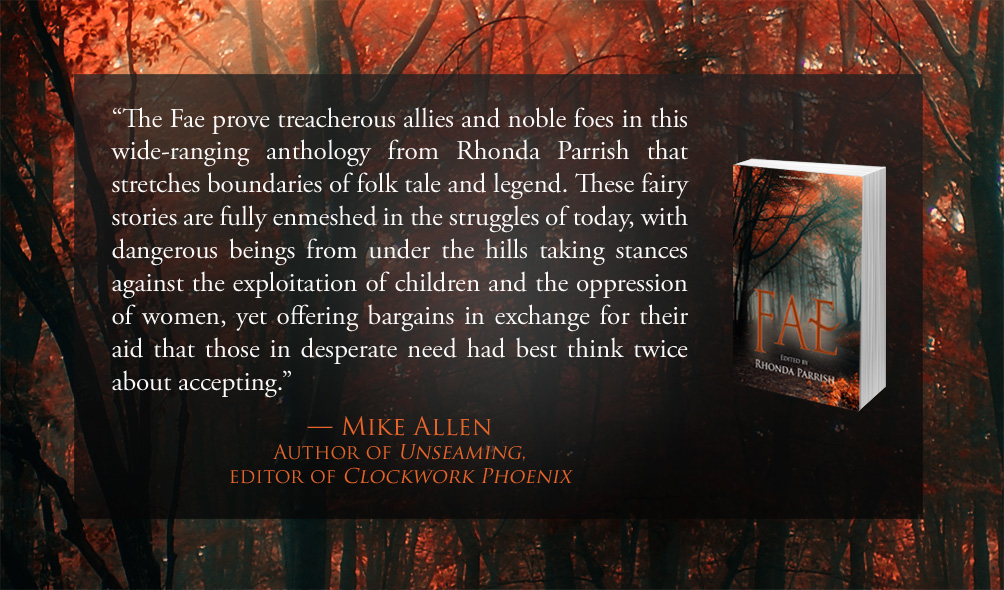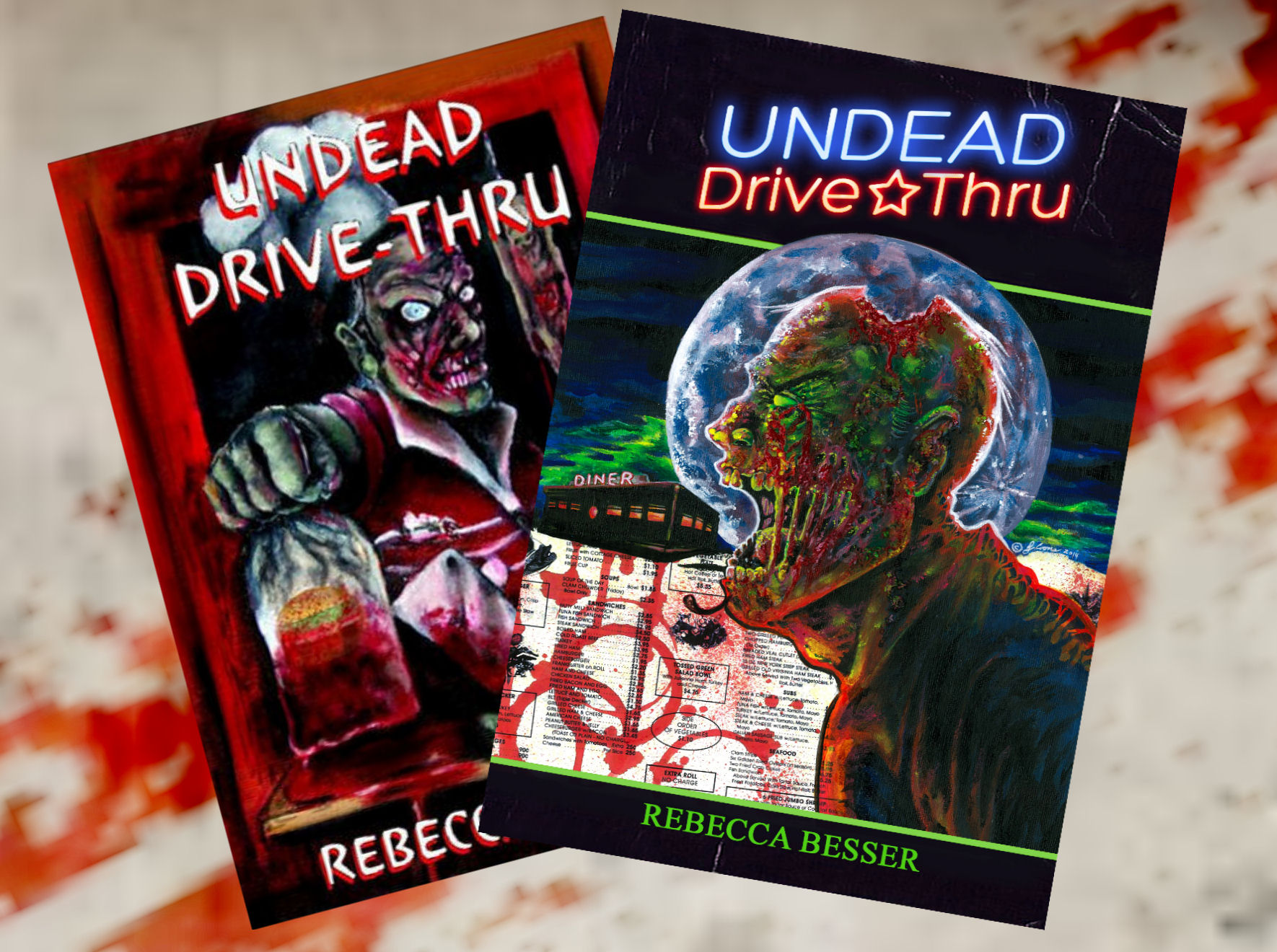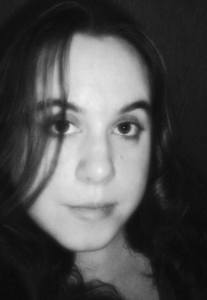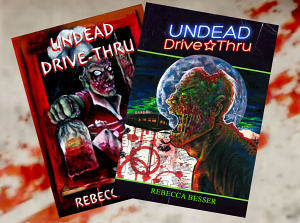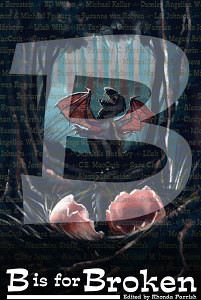 For the next several weeks I’ve decided to call Fridays ‘Fractured Friday’ and use them to share news, contributor interviews and excerpts from B is for Broken.
For the next several weeks I’ve decided to call Fridays ‘Fractured Friday’ and use them to share news, contributor interviews and excerpts from B is for Broken.
B is for Broken is the second title in the Alphabet Anthologies series. It follows A is for Apocalypse and will in turn be followed by C is for Chimera. Each story in the series is associated with a letter of the alphabet and is titled in the letter is for word format. What’s more, just to keep things nice and complicated, the story’s title isn’t shared at the beginning but at the end so that you can guess at what it might be while you read.
On that note, even though the story titles could be considered spoilers because of how the book is formatted, for the sake of simplicity if the author has chosen to post their title publicly somewhere else (their blog, Facebook, wherever) I am going to include it in my posts. If they haven’t revealed that information, though, I’ll list the story titles as Letter is for…
Today I’m interviewing Milo James Fowler. Milo is pretty prolific so it probably won’t surprise anyone to hear he also had a great story in A is for Apocalypse and will also be contributing to C is for Chimera. Milo’s contribution to B is for Broken is a Captain Quasar story and as a sweet little bonus you can download the first five chapters of his latest Captain Quasar novel, Captain Bartholomew Quasar and the Space-Time Displacement Conundrum, for free here.
Interview with Milo James Fowler
What letter were you assigned? B
Please share a short excerpt from your story:
“It’s time,” Hank grunted at the helm of the Effervescent Magnitude as the gorgeous star cruiser hurtled through deep space.
“Already?” Captain Bartholomew Quasar’s brow wrinkled. He glanced at his favorite Carpethrian helmsman who didn’t resemble a man at all. Hank looked more like a drunk orangutan or an overweight sloth suffering from irritable bowel syndrome. “Didn’t we make a stop six months ago?”
Hank turned in his swivel chair. “In Earth time, yes sir. But Carpethria’s years are much shorter.”
“So it’s been over a year since your last…” Quasar cleared his throat, leaning back in his deluxe-model captain’s chair. “Mating season?”
Bill snickered.
“What are you doing on the bridge, Bill?” Quasar snapped.
“Uh…” The goofy smile dropped from Bill’s face.
“Go back to engineering where you belong. Seriously. Whoever heard of a ship’s engineer hanging around the bridge all day and snickering at inappropriate moments. Go on, get out of here, or I’ll demote you back to janitor!”
Hanging his head, Bill left the bridge.
“The same goes for anybody else within earshot.” Captain Quasar’s steely-eyed gaze swept across his bridge crew. They stared back at him silently. “This is no laughing matter. Our dear helmsman must return to his home world, and we’ll make sure he gets there. Or…he will, rather. He is our helmsman, after all.”
What is the thing you’ve most regretted breaking?
Hearts.
Have you ever broken something and not been saddened by it? Can you tell us about that?
The speed limit. It’s a daily occurrence, unfortunately.
If you could break one law and get away with it consequence-free, what would it be?
Illegal U-turn. There are so many missed opportunities…
Do you have any rules for yourself, a code of some sort, which you’d never break?
I live by a fairly simple code: Never give up. But I’m sure a robot apocalypse or global chicken uprising could alter that credo.
Did you struggle with the letter you were assigned, or did the ideas come freely?
I’m always up for writing a new Captain Quasar tale, and the letter B afforded an opportunity to turn the spotlight onto Hank the Carpethrian helmsman.
What, aside from the anthology’s theme and your letter inspired your story?
As with my novel Captain Bartholomew Quasar and the Space-Time Displacement Conundrum, I focused on the theme of regrets. Golden-age sci-fi heroes usually live boldly without regret, but that’s not the case for Captain Quasar as he seeks to overwrite past mistakes. In this short story, Hank is dealing with his own share of regret, having left his home planet in order to go starfaring around the galaxy with Quasar, and Hank hatches a plan to make things right with those he left behind.
 Milo James Fowler is a teacher by day and a speculative fictioneer by night. When he’s not grading papers, he’s imagining what the world might be like in a dozen alternate realities. His work has appeared in AE SciFi, Cosmos, Daily Science Fiction, Nature, Shimmer, and the Wastelands 2 anthology. His novel Captain Bartholomew Quasar and the Space–Time Displacement Conundrum will be available later this year. www.milojamesfowler.com
Milo James Fowler is a teacher by day and a speculative fictioneer by night. When he’s not grading papers, he’s imagining what the world might be like in a dozen alternate realities. His work has appeared in AE SciFi, Cosmos, Daily Science Fiction, Nature, Shimmer, and the Wastelands 2 anthology. His novel Captain Bartholomew Quasar and the Space–Time Displacement Conundrum will be available later this year. www.milojamesfowler.com
~ Twitter ~ Facebook ~ Goodreads ~
B is for Broken is available now at:
Smashwords
Kobo
Amazon
Barnes and Noble
And add it to your shelves at Goodreads



 C.S. MACCATH is a writer of fiction, non-fiction and poetry whose work has appeared in Strange Horizons, Clockwork Phoenix: Tales of Beauty and Strangeness, Mythic Delirium, Murky Depths, Witches & Pagans and other publications. Her poetry has been nominated twice for the Rhysling Award, her fiction has been nominated for the Pushcart Prize and it has also received honorable mention in The Year’s Best Science Fiction: Twenty-Sixth Annual Collection. You can find her online at
C.S. MACCATH is a writer of fiction, non-fiction and poetry whose work has appeared in Strange Horizons, Clockwork Phoenix: Tales of Beauty and Strangeness, Mythic Delirium, Murky Depths, Witches & Pagans and other publications. Her poetry has been nominated twice for the Rhysling Award, her fiction has been nominated for the Pushcart Prize and it has also received honorable mention in The Year’s Best Science Fiction: Twenty-Sixth Annual Collection. You can find her online at 
